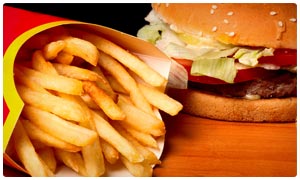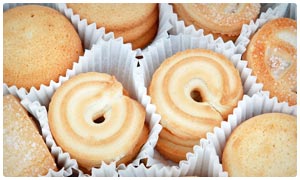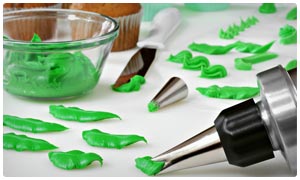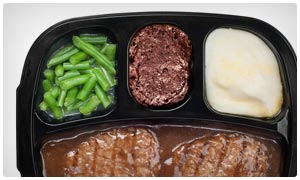Transfat Foods that you should Avoid
With so much talk of healthy foods and what you should be eating, the foods that are the worst for us can get overlooked. The reason it’s so hard to avoid these kinds of food is because the things that make them bad also make them taste good. Fatty foods typically taste good, so do sweet and salty ones, which means a lot of the foods you love are likely not the best things you can have.
But you don’t have to resort to living like Tom Hanks in Castaway, there are plenty of foods that you can turn to that taste amazing and won’t jeopardize your well-being. It’s about learning why certain foods are bad, so you can make better choices on a day-to-day basis. That being said, here are some dietary landmines to watch out for, and step around.
Trans Fat
This is the most notorious of the unhealthy ingredients they put in foods, and has even led for a ban on them in New York City. Avoiding it is tricky, no thanks in part to the FDA that allows food manufacturers to say there’s no trans fat in foods, even when there is. Since 2 grams is the most you should have in a day, allowing foods with 0.5 gram or less to call themselves trans fat free is a real problem. You’re best off avoiding trans fat-containing foods completely.

Fast Food
We all know we shouldn’t eat fast food because it’s bad for us, but part of the reason is because of all the trans fats and other additives they use to make the food taste good. The problem is not just that there is trans fat in the foods, but that the portion sizes quickly multiply those contents and before long you have a week’s worth of trans fat in one meal. A large french fry from McDonald’s supplies 4 day’s worth of trans fat by itself.

Packaged Cookies
Even the beloved Girl Scout Cookies still sneak some trans fat in, despite a label that says “trans fat free”. You may be able to justify those because they only happen a few times per year, but check to see if your favorite store bought cookies are made with partially hydrogenated cooking oils, chances are they are including Chips Ahoy and Keebler, although some brands like Oreos now use “high oleic” oils instead so they can provide shelf-stable cookies at a reasonable cost.

Cake Frosting
The cake itself might not have trans fat, but chances are if the frosting isn’t made from scratch it will likely have trans fat in it. Duncan Hines Creamy Homestyle Chocolate frosting doesn’t have much “homestyle” about it. Chances are you wouldn’t be using partially hydrogenated oils in your homemade frosting. One serving provides nearly a full day’s worth of trans fat, so you’d better be extra careful about all of the other food you eat that day.

Pancakes
If you get your pancakes out of a box, you might not even suspect they might contain trans fat because it starts off in powder form. Bisquick for example has nearly 5g of trans fat in each cup. Makes you think twice about using pre-made mixes and just take the extra minute or so to come up with your own batch so you know everything that’s in it.

Microwave Popcorn
Most of the popular brands of microwave popcorn have trans fat of some sort in them. One of the biggest offenders is Pop Secret, which supplies 5 grams of trans fat per serving. Sounds like a lot since it more than doubles your daily allowance. The big thing to remember is that few of us stop at one serving of popcorn as we snuggle up to watch a movie at home.

Frozen Meals
Most people buy frozen dinners for a quick and easy meal, or to help lose weight. But many of them are laden with hydrogenated oils which in turn means they contain trans fat in some amount. In order to avoid these types of meals simply check the label for both hydrogenated and partially hydrogenated oils. Since you’ll most likely be microwaving these meals, you’re also adding to their unhealthiness, further destroying any nutrients they might contain, and processing the ingredients even further.

Be the first to comment on "Transfat Foods to Avoid"